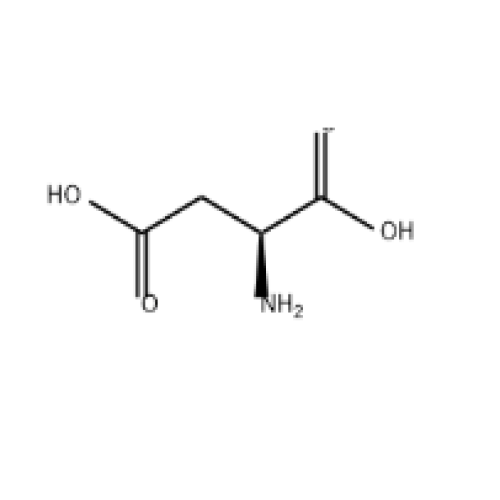
Products
L-Aspartic acid
Use and description |
| Aspartic acid, is an α-amino acid that is used in the biosynthesis of proteins. Like all other amino acids, it contains an amino group and a carboxylic acid. Its α-amino group is in the protonated –NH⁺₃ form under physiological conditions, while its α-carboxylic acid group is deprotonated −COO⁻ under physiological conditions. Aspartic acid has an acidic side chain which reacts with other amino acids, enzymes and proteins in the body. Under physiological conditions in proteins the side chain usually occurs as the negatively charged aspartate form, −COO⁻. It is a non-essential amino acid in humans, meaning the body can synthesize it as needed. It is encoded by the codons GAU and GAC. |
Physical Characters and Index |
English name: L-Aspartic acid CAS number: 56-84-8 Molecular formula: C4H7NO4 Molecular weight: 133.1 EINECS no. : 200-291-6 |








![Carbamic acid, N-[(4aR,4bS,6aS,7S,9aS,9bS,11aR)-2,4a,4b,5,6,6a,7,8,9,9a,9b,10,11,11a-tetradecahydro-1,4a,6a-trimethyl-2-oxo-1H-indeno[5,4-f]quinolin-7-yl]-, 2,2,2-trifluoroethyl ester](http://www.owaispharm.com/uploadfile/202506/e813f9a558beadf.png#没有设置高宽参数,将以原图输出)



